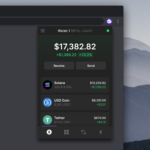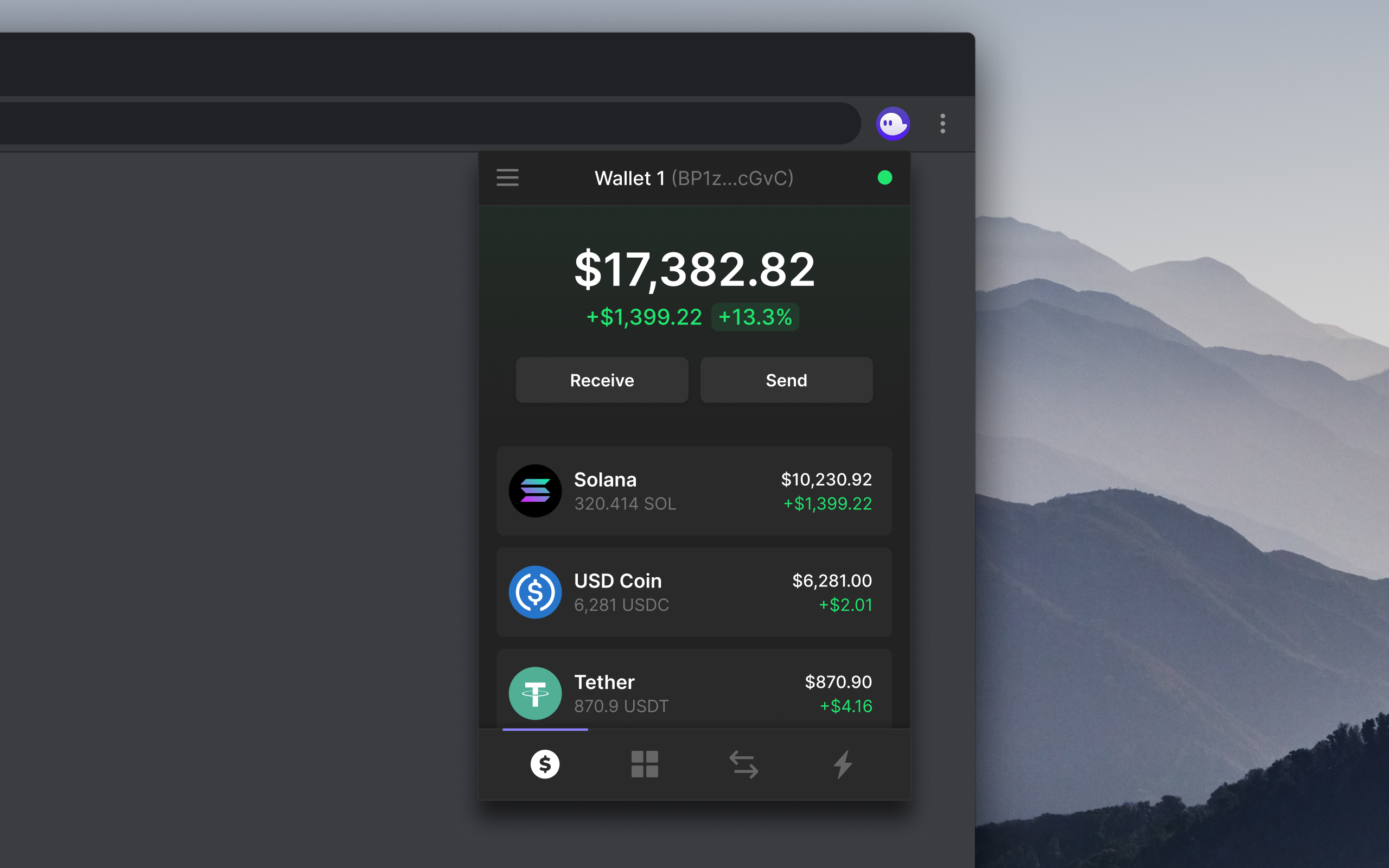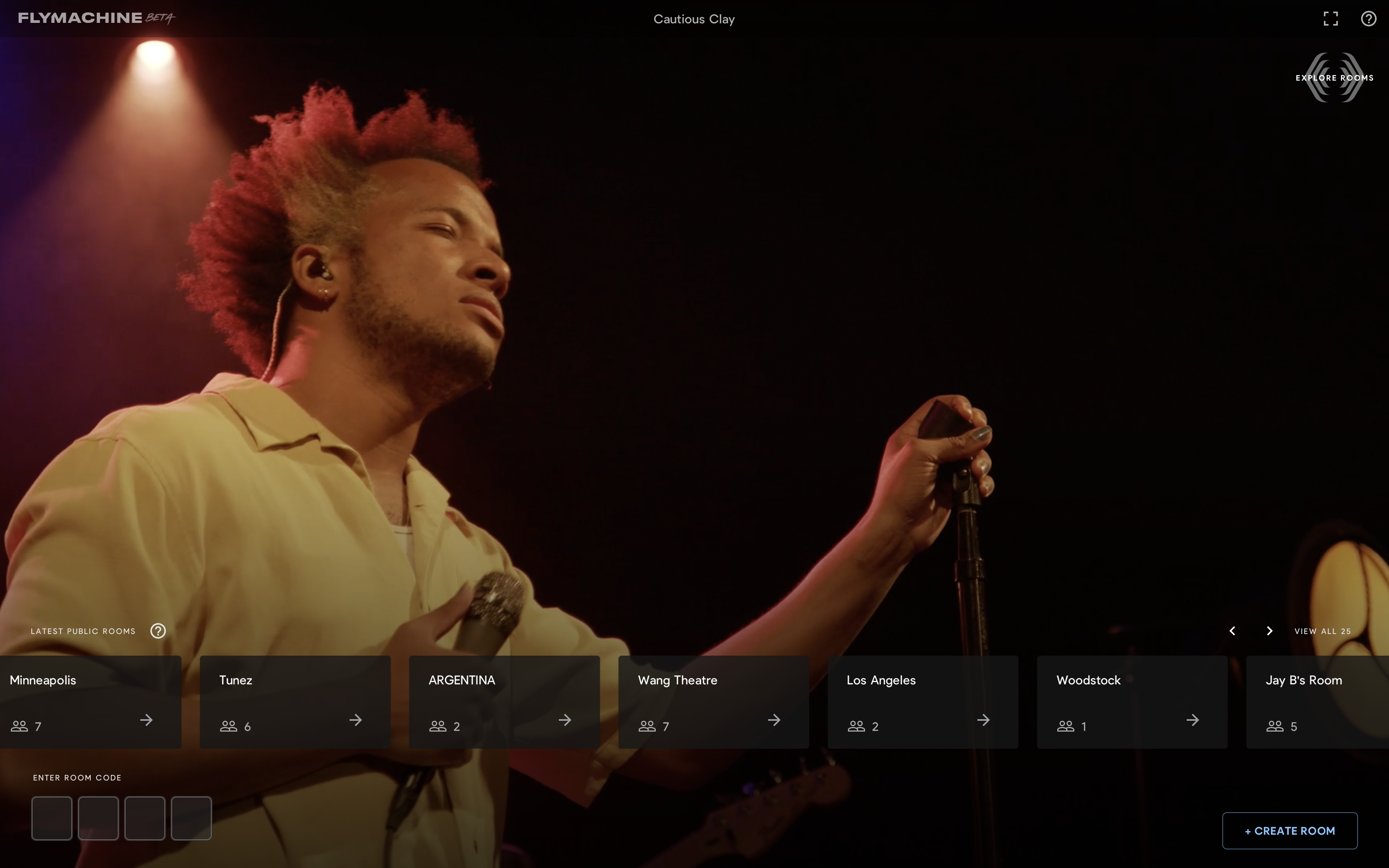CockroachDB was intended to be a global database from the beginning. The founders of Cockroach Labs wanted to ensure that data written in one location would be viewable immediately in another location 10,000 miles away. The use case was simple, but the work needed to make it happen was herculean.
The company is betting the farm that it can solve one of the largest challenges for web-scale applications. The approach it’s taking is clever, but it’s a bit complicated, particularly for the non-technical reader. Given its history and engineering talent, the company is in the process of pulling it off and making a big impact on the database market, making it a technology well worth understanding. In short, there’s value in digging into the details.
Using CockroachDB’s multiregion feature to segment data according to geographic proximity fulfills Cockroach Labs’ primary directive: To get data as close to the user as possible.
In part 1 of this EC-1, I provided a general overview and a look at the origins of Cockroach Labs. In this installment, I’m going to cover the technical details of the technology with an eye to the non-technical reader. I’m going to describe the CockroachDB technology through three questions:
- What makes reading and writing data over a global geography so hard?
- How does CockroachDB address the problem?
- What does it all mean for those using CockroachDB?
What makes reading and writing data over a global geography so hard?
Spencer Kimball, CEO and co-founder of Cockroach Labs, describes the situation this way:
There’s lots of other stuff you need to consider when building global applications, particularly around data management. Take, for example, the question and answer website Quora. Let’s say you live in Australia. You have an account and you store the particulars of your Quora user identity on a database partition in Australia.
But when you post a question, you actually don’t want that data to just be posted in Australia. You want that data to be posted everywhere so that all the answers to all the questions are the same for everybody, anywhere. You don’t want to have a situation where you answer a question in Sydney and then you can see it in Hong Kong, but you can’t see it in the EU. When that’s the case, you end up getting different answers depending where you are. That’s a huge problem.
Reading and writing data over a global geography is challenging for pretty much the same reason that it’s faster to get a pizza delivered from across the street than from across the city. The essential constraints of time and space apply. Whether it’s digital data or a pepperoni pizza, the further away you are from the source, the longer stuff takes to get to you.
Powered by WPeMatico







